Alan Titchmarsh: The best hyacinths and narcissi to bring flowers indoors at Christmas
Gardening writer and broadcaster Alan Titchmarsh shares his tips on growing indoor bulbs to bring heavenly scents indoors at Christmas.

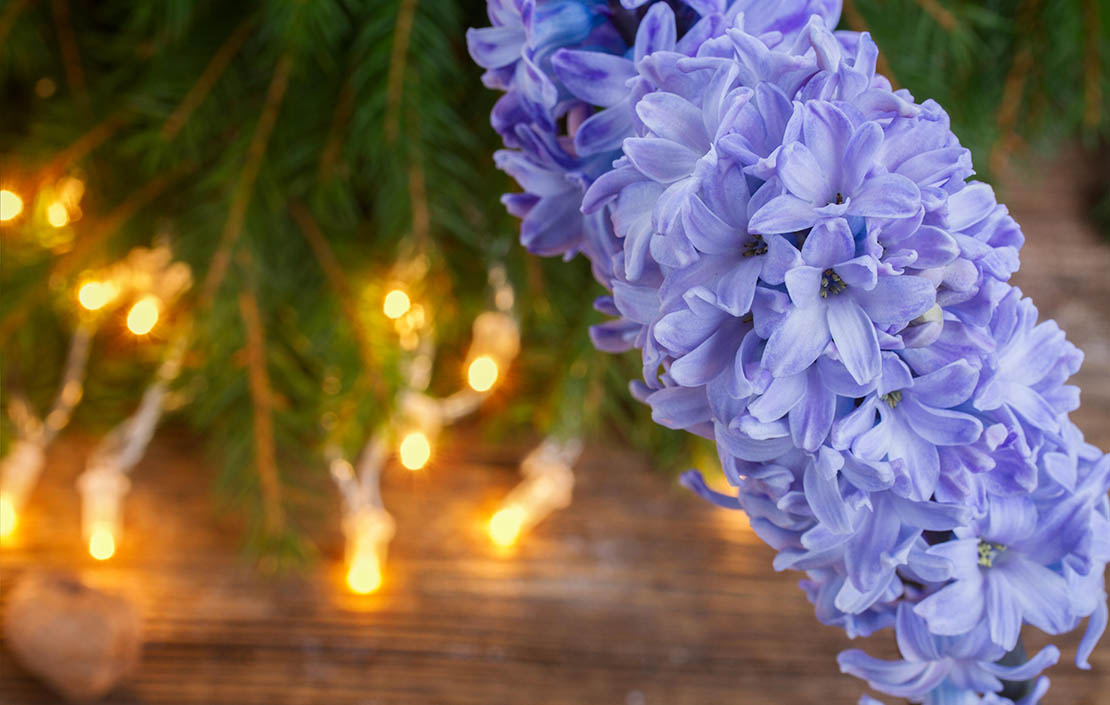
Decking the halls with boughs of holly and tucking evergreens behind picture frames is all very well, but, as well as the tang of Nordmann fir and cinnamon sticks, I do love the fragrance of Christmas flowers intermingled with my greenery.
That said, you might be one of those souls who prefers to delay the enjoyment of spring-flowering bulbs. As a firm advocate of the postponement of gratification and the joys of anticipation, I have the greatest sympathy for such sentiments.
I like my flowers in season – roses in summer and the sweet-and-sour aroma of chrysanths in autumn – but there are some flowering bulbs for which I will make a Christmas exception. To inhale the heady fragrance of hyacinths and those two varieties of narcissi – Grand Soliel d’Or and Paperwhite – is as much a part of the festive season for me as the fragrance of a Christmas cake fresh out of the oven.
I think it’s down to the fact that, as a schoolboy, I discovered how easy it was to treat an auntie or a grandmother to a bowl of hyacinths in bud, grown by myself and delivered with a badly tied bow around the bowl of bulb fibre through which the fat noses had pushed to give a taste of things to come.
In those days, bulb fibre was blended especially for bowls without drainage holes (in the days when polished mahogany rather than shabby-chic Farrow & Ball distressing was the order of the day in granny’s household furnishings). It contained crushed oyster shells and charcoal, which, we were told, would keep the mixture ‘sweet’ if the compost became a tad soggy. Today, we tend to use handsome terracotta pots with drainage holes, in which case, any decent peat-free multi-purpose compost will do the job.
Of course, you have to plan ahead. The bulbs (all of one variety so that the flowering times are simultaneous) are planted with their noses just sticking out of the compost.
Then, they must be kept cool and dark in a shed or garage for 8–10 weeks to encourage rooting and the emergence of the flower spike from the bulb. Only when this has happened, and the ‘waist’ of the flower spike (where the buds give way to stalk) is clearly visible, should they be brought out into the light and kept as cool and bright as possible.
Exquisite houses, the beauty of Nature, and how to get the most from your life, straight to your inbox.
This is where grannies and maiden aunts in the 1950s scored, as their houses were devoid of central heating, which is inclined to make the flower spikes soar rapidly heavenwards before imitating a dying swan and plunging southwards.
Timing is everything and the keen gardener will plant batches of ‘prepared’ bulbs (given heat treatment to encourage faster flowering) at weekly intervals from late September to late October to offer a floral display that will last well into the New Year.
Paperwhite and Grand Soleil d’Or narcissi are happy with a much shorter period of cool and dark conditions and will generally flower 6–10 weeks after planting. Bring them indoors when they’ve pushed 3in–4in) clear of the compost.
These thoughts are for next year, of course, but if you buy ready-grown pots of Christmas-flowering bulbs, or are given them as a present, how do you look after them in today’s centrally heated homes? Keeping them in as bright a light as possible (on a windowsill, for preference) and as cool as is comfortable for you to live in will make them last longest.
All these flowering bulbs need some form of support. Three or four split green canes pushed around the edge of the pot and looped around with garden twine will make an enclosure for the extending stems of the narcissi.
Hyacinths are best supported by more brutal means. As soon as the flowers begin to open, push a 10in–12in piece of stiff wire down through the centre of the flower stalk and right through the bulb until it disappears from view. The support will be invisible and, although the bulbs will be damaged, flowering will not be affected.
Do you keep the bulbs and plant them in the garden after flowering? Only if you don’t mind hyacinths with feeble flowers popping up all over the place for the next few years. I’m afraid mine end up on the compost heap, having been given a hearty ‘thank you’ for their efforts. Callous? No, simply practical. The narcissi are too tender to grow in most gardens anyway.
Grow them well, treat yourself to a succession of these gloriously fragrant flowers and spring won’t seem nearly so far off. Happy Christmas!
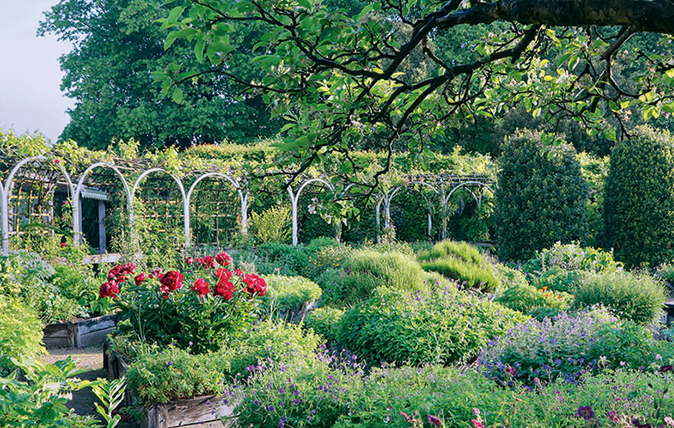
Alan Titchmarsh: The poetic pleasure of plant names
Our gardening expert on the days spent learning the names of some of the most obscure plants in Britain.
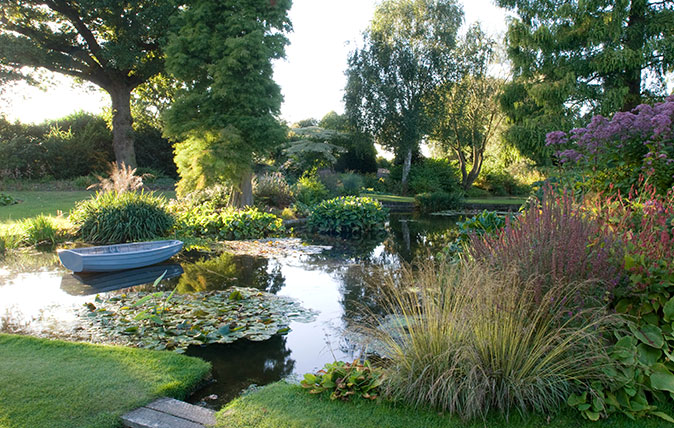
Alan Titchmarsh: How to keep a perfect pond
Alan Titchmarsh says that now is the time to clear out the weeds and keep your pond in top condition
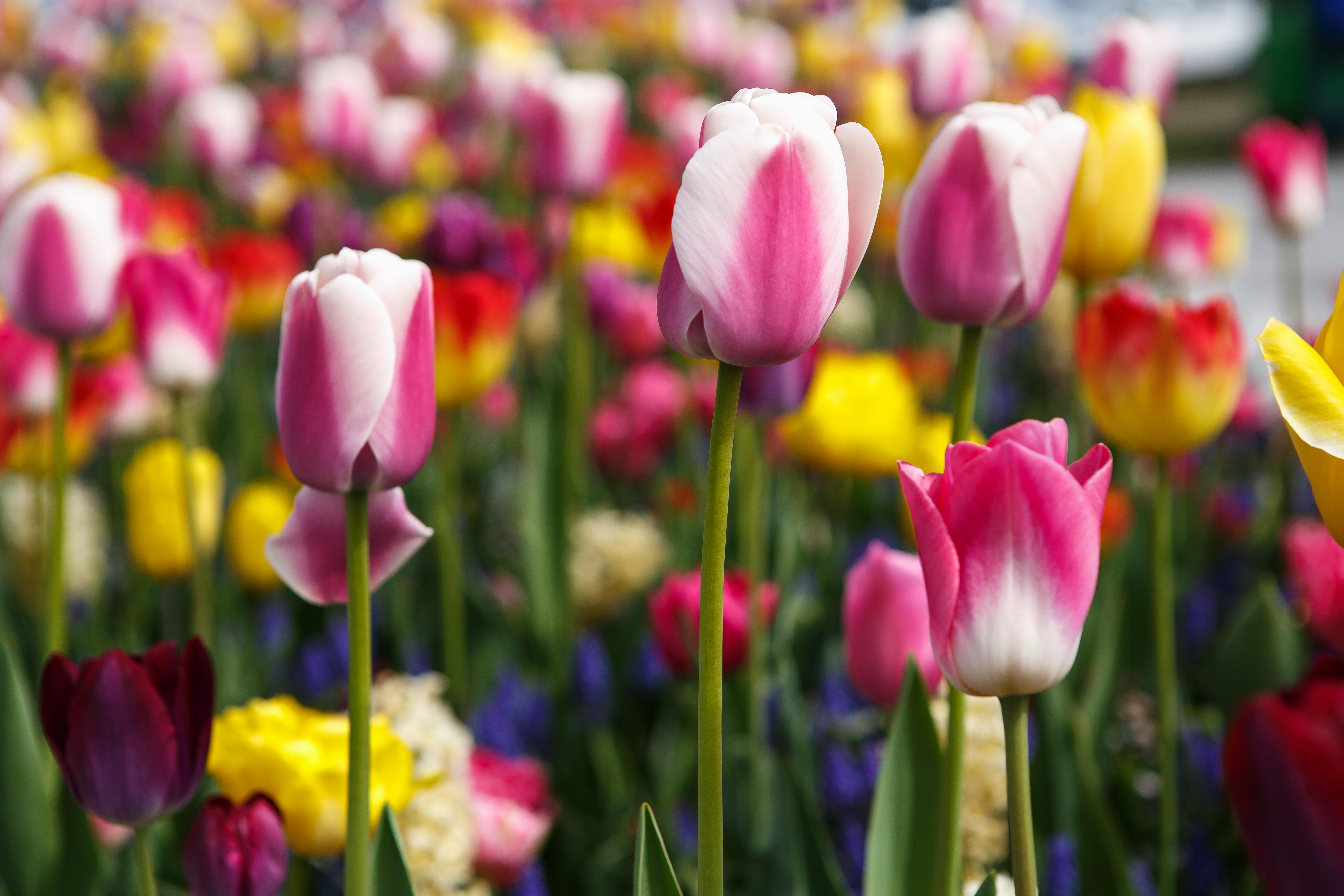
Credit: Alamy
Alan Titchmarsh: The best time of year to plant tulips
Alan Titchmars on planting tulips - and avoiding the grind of removing and storing bulbs every year.
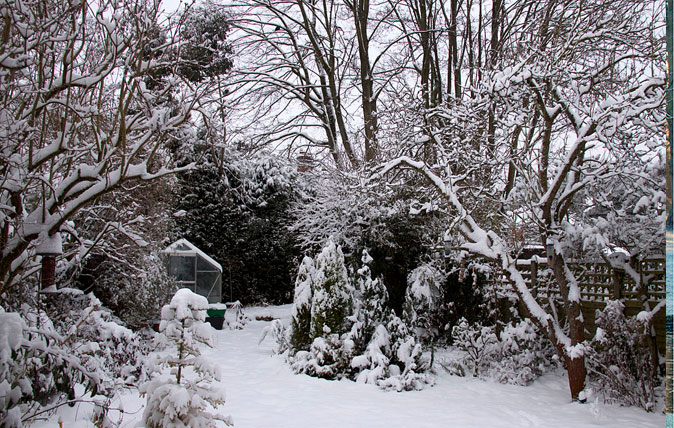
Credit: Tony Hisgett
Alan Titchmarsh: Don’t stop gardening in winter – start dreaming
Alan Titchmarsh takes a look at the joys and pains of gardening in the winter
Alan Titchmarsh is a gardener, writer, novelist and broadcaster.
